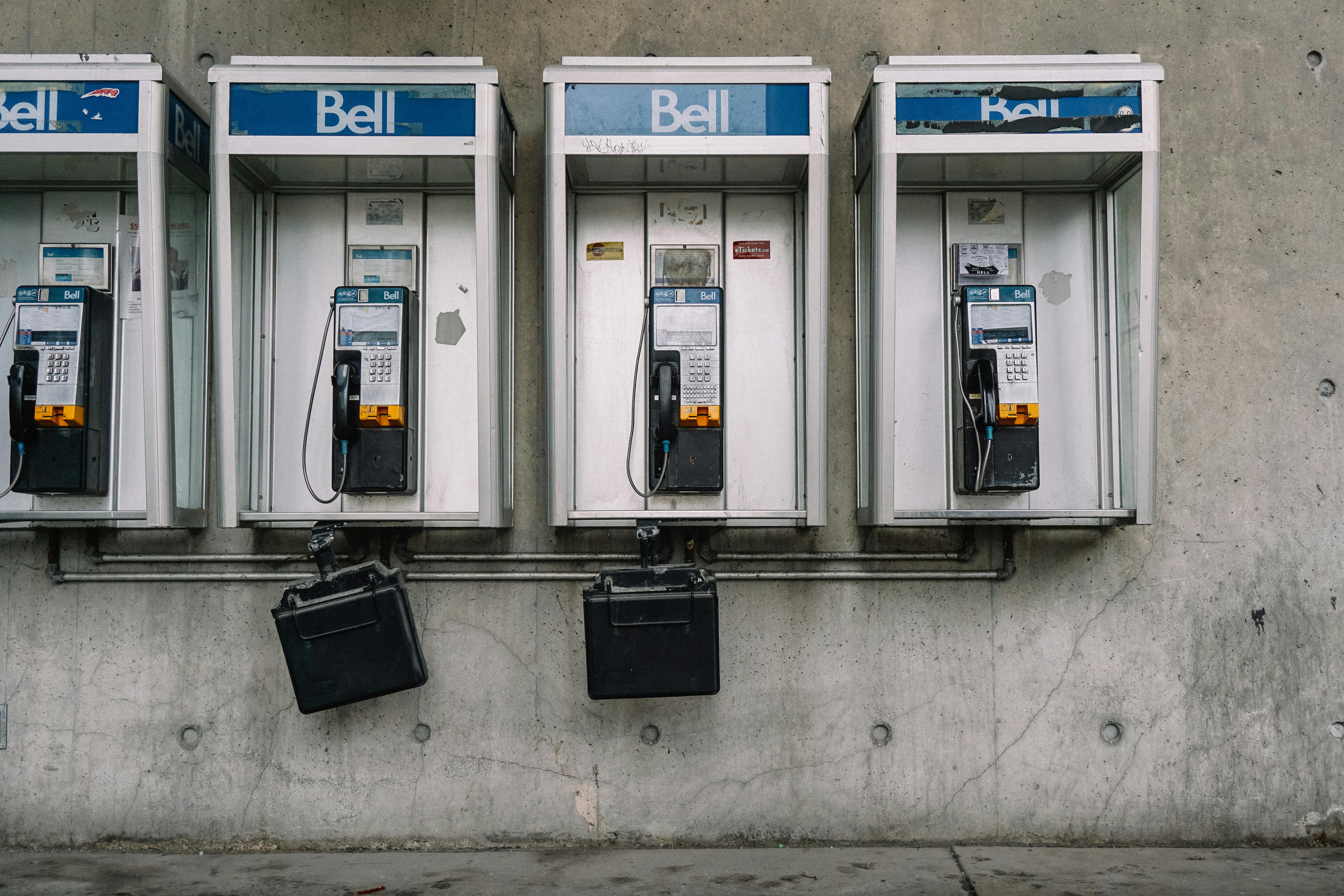A patent gives the patent holder the exclusive right to manufacture, distribute or sell the invention in India. An infraction would be when any of the three rights is violated. A patent holder may license all or some of these rights. The exercise of the rights thus assigned in favor of the assignee or the licensee by the assignor or the licensor would not amount to infringement of the patents.
In the case of a product, the patent rights of the patent holder are infringed by anyone who makes or supplies that substance commercially. In the case of a process patent, the use of such a method or process in India by anyone other than the patent holder amounts to infringement.
Whether or not the act of a person other than the patentee constitutes infringement would depend on:
(i) The scope of the monopoly right conferred by the patent that is interpreted from the specification and the claims contained in the application of the patent holder. Any actions that fall outside the scope of the claims would not amount to a violation.
(ii) If you are infringing any of the patent holder’s monopoly rights to make or sell the invention.
What may constitute an infringement
(1) The plausible imitation of an invention.
(2) Immaterial variation of the invention.
(3) Mechanical equivalents.
(4) Taking the essential characteristics of the invention.
All of the above acts often overlap when a patent or process infringement occurs.
A plausible variation or immaterial variation that amounts to infringement is when an infringer makes a slight modification to the process or product, but in fact essentially takes away the essential features of the patentee’s invention.
Mechanical equivalent infringement would occur when you use mere substitutes for those features to achieve the same result for the same purpose as the patentee.
Violation Action
Every time the monopoly rights of the patent holder are violated, their rights are again secured by law through judicial intervention. The patent owner has to file an infringement lawsuit. The reliefs that can be granted in such a lawsuit are:
(1) Interim interlocutory/mandate.
(2) Damages or utility bill.
(3) Permanent injunction.
Where will a lawsuit be filed?
Section 104 of the Act provides that an infringement claim shall not be brought in any court lower than a district court having jurisdiction to hear the claim. In appropriate cases where the High Court has original jurisdiction to judge the claim. The lawsuit will be initiated in the High Court. When an infringement action has been brought in a District Court and the defendants file a counterclaim for the revocation of the patents, the suit is transferred to the High Court to decide why the High Court has jurisdiction to hear revocation cases. Section 104A provides for the burden of proof in case of infringement claims.
The procedure followed in processing an infringement claim is governed by the provisions of the Code of Civil Procedure.
When can a claim be filed?
An infringement lawsuit can only be brought after the patent has been sealed. When a specification has been accepted and published, that is, during the period that the opposition has been filed and is being decided, applicants cannot bring a claim for infringement, but damages suffered due to the infringement, committed during the period , that is, between the date of the publication of the acceptance of the complete specifications and the date of concession, it may be claimed in another lawsuit; a separate claim for damages but not a claim for infringement.
When the patent term has expired and the infringement occurred during the patent term, a lawsuit can be filed during the term or even after the term has expired.
In the event that a patent had expired and was subsequently restored, committed between the date the patent ceased to have effect and the date of publication of the restoration application.
Where a person wrongfully obtained a patent and it was later granted to the true and first inventor, an infringement lawsuit cannot be brought for any infringement that occurs before the period of such grant to the true and first inventor.
The plaintiff (person who files a lawsuit, that is, starts a lawsuit) is not required to give notice to the defendant (infringer) before starting a lawsuit. The court will issue a notice.
statute of limitations
The statute of limitations to file a claim for patent infringement is three years from the date of the infringement.
Who has the right to sue
Only the person who has a right in the patent can bring an action for infringement. The following people have the right to sue:-
(1) The owner of the patent.
(2) The exclusive licensee if the license is registered.
(3) A compulsory licensee when the patentee refuses or refuses to initiate proceedings.
(4) A licensee other than the two licensees above may bring an action for breach of the terms of the agreement between the licensor and the licensee.
(5) Assignee, you can only sue after submitting the request for registration of the assignment in your favor. If a patent is assigned after the commencement of the action, the assignee must join as co-plaintiff. An assignee cannot sue for infringement that occurred before the assignment.




